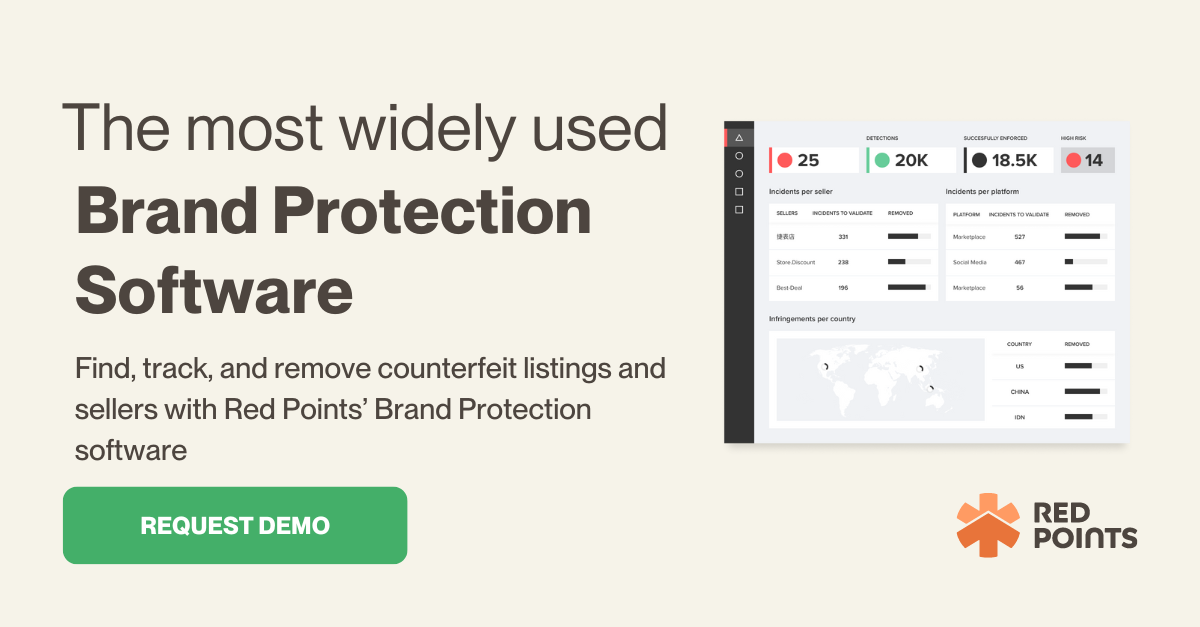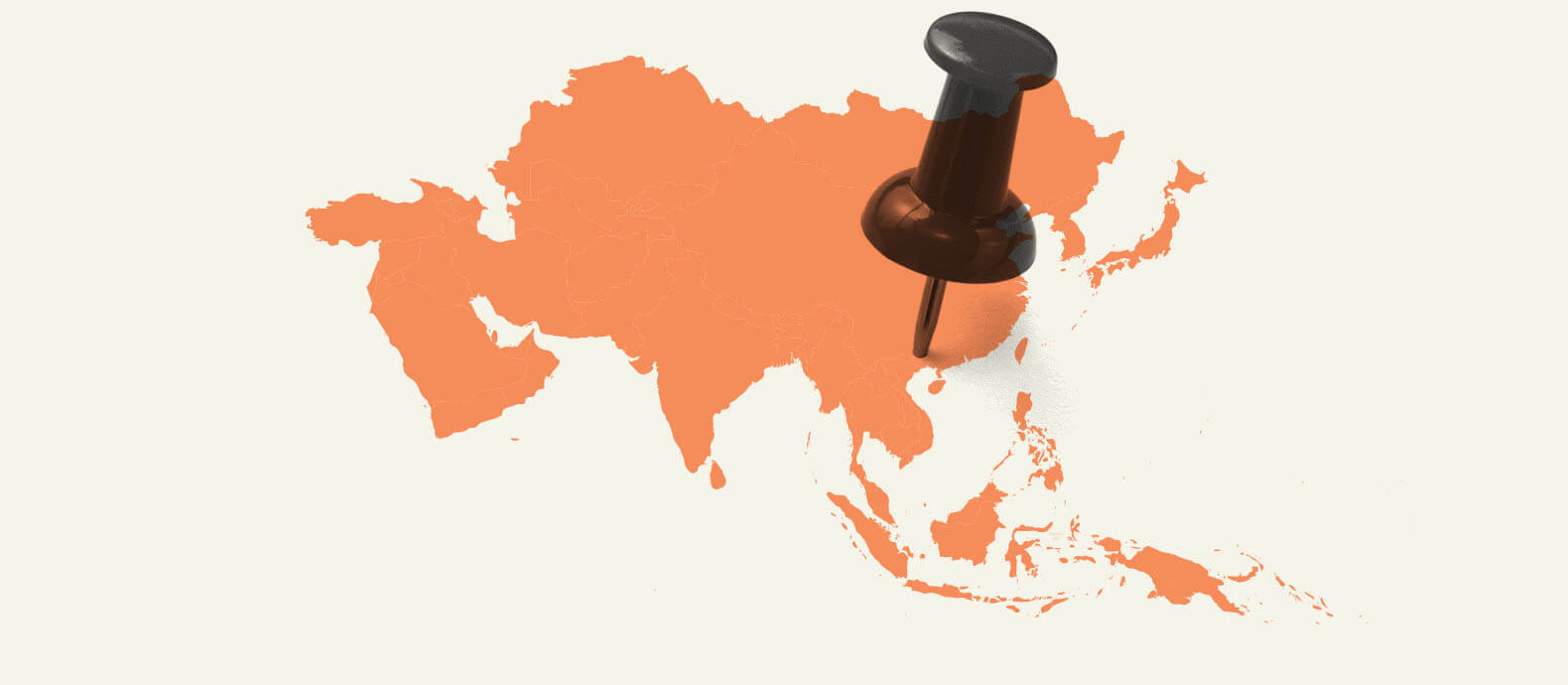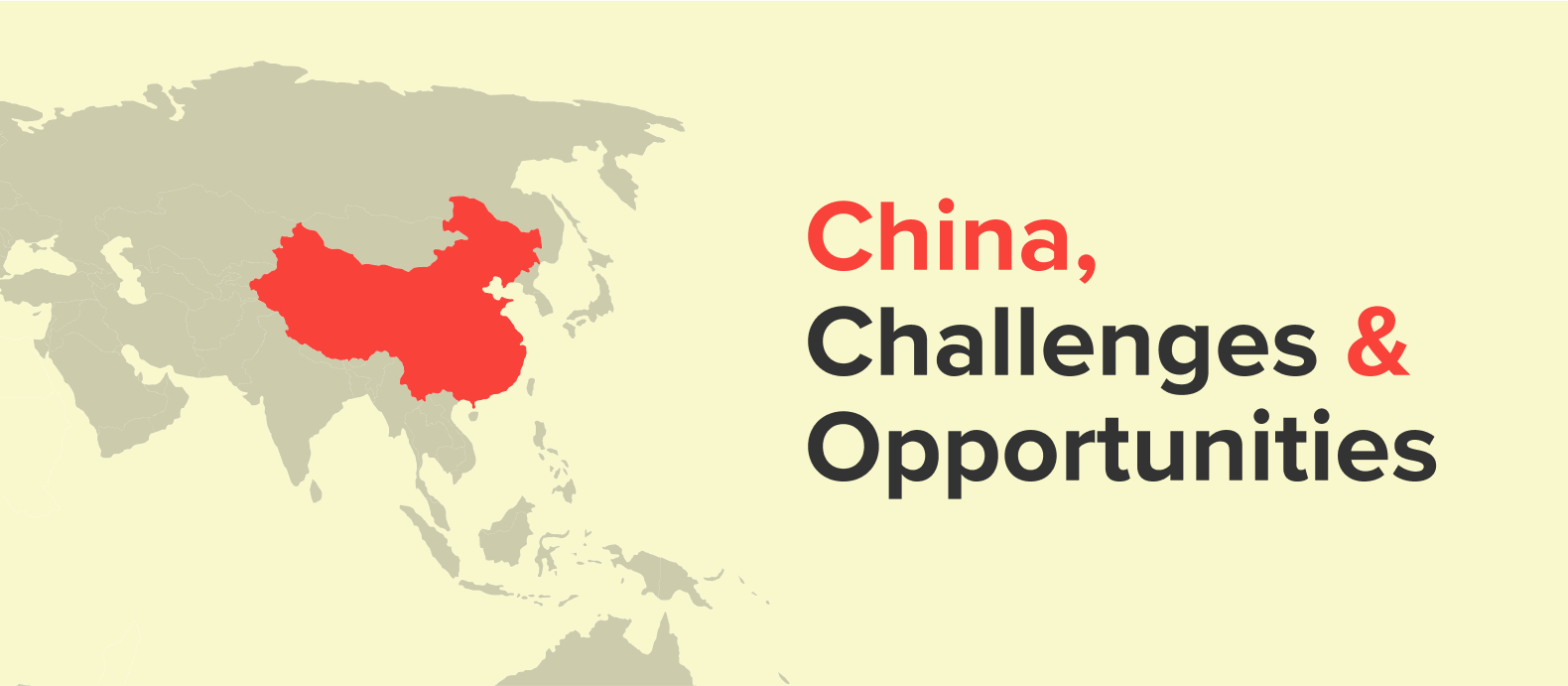As global e-commerce continues to grow, the prevalence of counterfeit goods has become an increasingly significant issue, particularly for U.S. consumers. In March 2024, Red Points provided a testimony before the U.S.-China Economic and Security Review Commission to shed light on the impact of counterfeit products from China on the U.S. market. Red Points highlighted the dangers these goods pose, the challenges in combating their distribution, and the steps that need to be taken to protect consumers and businesses alike.

The evolution of e-commerce and its impact on consumer safety
Over the past decade, e-commerce has transformed the retail landscape. Online sales have grown from 5% of total retail sales in 2010 to a staggering 18% by 2020. This shift was accelerated by the COVID-19 pandemic, which pushed more consumers towards online shopping as physical stores faced restrictions. With this growth, however, came new challenges, particularly in ensuring the safety and authenticity of products sold online.
E-commerce platforms have played a crucial role in making a wide variety of products accessible to consumers. However, the nature of e-commerce also creates opportunities for bad actors to exploit these platforms by selling counterfeit goods.
Understanding the role of e-commerce in the distribution of counterfeits
E-commerce platforms have made it easier for counterfeiters to reach consumers, but this is largely due to the low barriers to entry and the anonymity afforded to sellers online. While these characteristics are essential for the growth of online commerce, they also pose significant challenges in identifying and eliminating counterfeit goods.
Data from Red Points indicates that a significant portion of counterfeit goods entering the U.S. market originates from China. Between 2022 and 2023, there was a 12% increase in the number of Chinese sellers engaged in infringing activities and a 26% increase in the volume of infringements. This data highlights the complexity of the issue and the need for collaborative solutions that go beyond simply targeting the platforms themselves.
The challenge lies in balancing the benefits of open e-commerce platforms with the need for greater transparency and accountability. Only 14% of infringing sellers on these platforms displayed geolocation information, making it difficult to trace the origins of counterfeit goods. Of the sellers with confirmed geolocation data, 40% were based in China, underscoring the global nature of this issue.
Channels through which Chinese counterfeit goods reach U.S. consumers
Chinese counterfeit goods typically enter the U.S. through several channels, each posing unique challenges:
- Chinese marketplaces shipping internationally: Some marketplaces are significant sources of counterfeit goods. These platforms offer a vast array of products at competitive prices, making them attractive to consumers. However, the ease with which counterfeiters can list their products on these sites presents a significant challenge in ensuring product authenticity.
- U.S. and global online marketplaces: These platforms are also used by counterfeiters. The challenge here is the vast number of sellers and the rapid turnover of listings, which can make it difficult for platforms to monitor and remove counterfeit goods.
- Chinese standalone e-shops: The creation of standalone e-commerce websites, which can be set up quickly and easily, has led to a significant increase in infringements. These sites often operate outside the oversight of major platforms, making them harder to regulate and more difficult to shut down.
- Domestic Chinese marketplaces combined with drop-shipping services: Certain platforms, combined with drop-shipping services, allow counterfeit goods to be shipped directly to U.S. consumers. This model, while efficient for legitimate businesses, also provides an avenue for counterfeiters to distribute fake products without handling them directly.
Evolving techniques used by counterfeiters
Counterfeiters are constantly adapting their strategies to evade detection, using increasingly sophisticated methods to reach consumers. Some of these techniques include:
- Mobile-Only Counterfeit Shops: Counterfeiters create e-shops that are only accessible through mobile networks, making them harder to detect. These sites may display harmless content on desktops but show counterfeit goods when accessed via mobile devices.
- Hidden Listings: Counterfeit goods are often hidden within generic listings, with the actual products revealed through social media or private messages. This tactic allows counterfeiters to bypass detection systems and makes it difficult for consumers to verify the authenticity of the products they are purchasing.
- Cross-Channel Distribution: Sellers often use social media platforms to promote counterfeit goods, directing consumers to marketplaces or standalone websites for transactions. This approach creates a complex web of activity that is difficult to trace and disrupt.
The economic and safety implications of counterfeiting
Counterfeit goods pose significant safety and economic risks to U.S. consumers and businesses. Industries most affected include fashion, homeware, cosmetics, personal care, sports, and children’s toys. These counterfeit products often do not meet safety standards, posing health risks to consumers. For example, counterfeit cosmetics can contain harmful chemicals, and fake electronics can be hazardous due to poor manufacturing standards.
From an economic standpoint, the sale of counterfeit goods costs the U.S. economy over $200 billion annually and results in the loss of more than 750,000 jobs. This impact is felt across all industries, from small businesses to large corporations, as counterfeit goods displace legitimate sales and erode consumer trust in established brands.
It is important to recognize that these challenges are not the fault of the e-commerce platforms themselves. Instead, they reflect the broader issue of how to regulate a global marketplace that is inherently open and accessible to all. The focus should be on developing strategies that enhance transparency, improve consumer education, and foster collaboration between all stakeholders to address the issue of counterfeiting effectively.
Strategies for consumers and businesses to combat counterfeiting
For consumers, navigating the online marketplace to avoid counterfeit goods requires vigilance and awareness. Some best practices include verifying product details, checking seller reviews, and using secure payment methods. Consumers should also be cautious of deals that seem too good to be true, as they often are.
For businesses, protecting intellectual property in the digital age is a complex but essential task. Early and comprehensive intellectual property registration in China is crucial, as is active monitoring of the market for potential infringements. Businesses should also consider using technology to detect and enforce against counterfeiters and collaborating with relevant authorities to strengthen their enforcement efforts.
A collaborative approach to addressing the issue of counterfeit trade
Addressing the proliferation of counterfeit goods requires a collective effort from all stakeholders, including businesses, consumers, e-commerce platforms, and governments. To mitigate this problem, we recommend the following:
- Enhanced Transparency: E-commerce platforms can enhance transparency by implementing stronger seller identification practices and making certain data available to consumers. This would empower consumers to make informed purchasing decisions and help businesses identify and address counterfeit listings more effectively.
- Stricter Penalties for Repeat Offenders: Implementing policies with stricter penalties for repeat infringers would help deter counterfeiters from continuing their illegal activities. These penalties could include fines, account suspensions, and legal action, as well as collaboration with international law enforcement agencies to pursue counterfeiters operating across borders.
- Active Intellectual Property Enforcement: Companies should ensure their intellectual property rights are comprehensively registered and actively monitor for infringements. Collaboration between brands and e-commerce platforms is essential to quickly identify and remove counterfeit goods, and public awareness campaigns can help inform consumers about the risks of buying counterfeit products.
- Consumer Education: Educating consumers about the dangers of counterfeit goods and promoting responsible online shopping practices is crucial. Public awareness campaigns can help inform consumers about the risks of buying counterfeit products and encourage them to purchase from reputable sources.
What’s next
As counterfeit goods from China continue to pose significant challenges to U.S. consumers and businesses, it is crucial to remain vigilant and proactive. By adopting the strategies outlined and fostering collaboration, we can better protect consumers and businesses from the growing threat of counterfeit goods. It’s important to address this issue in a balanced and cooperative manner, recognizing that e-commerce platforms play a vital role in our economy and are part of the solution, not the problem.
At Red Points, we are dedicated to making the internet safer by providing cutting-edge solutions to detect and remove online fraud, including counterfeit goods. If your business is facing challenges related to counterfeiting, we encourage you to take the next step. Request a demo today to see how our AI-driven platform can protect your brand and help you navigate the complexities of the global marketplace.










